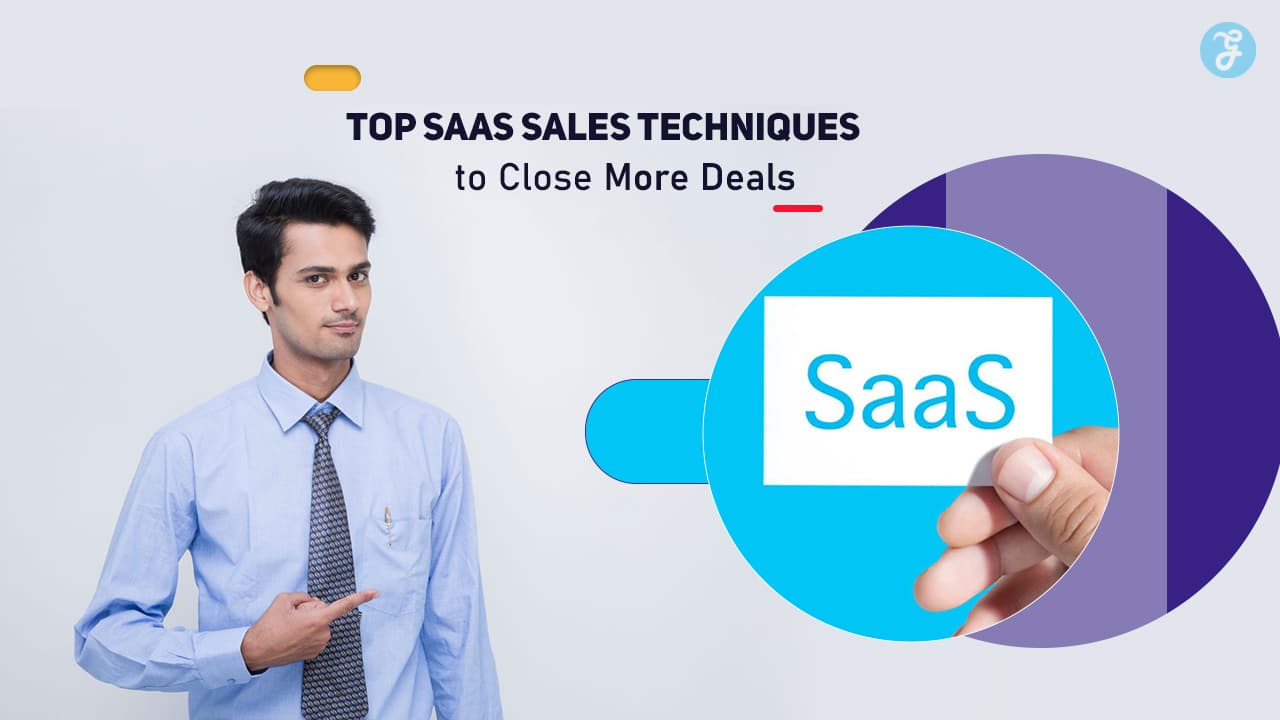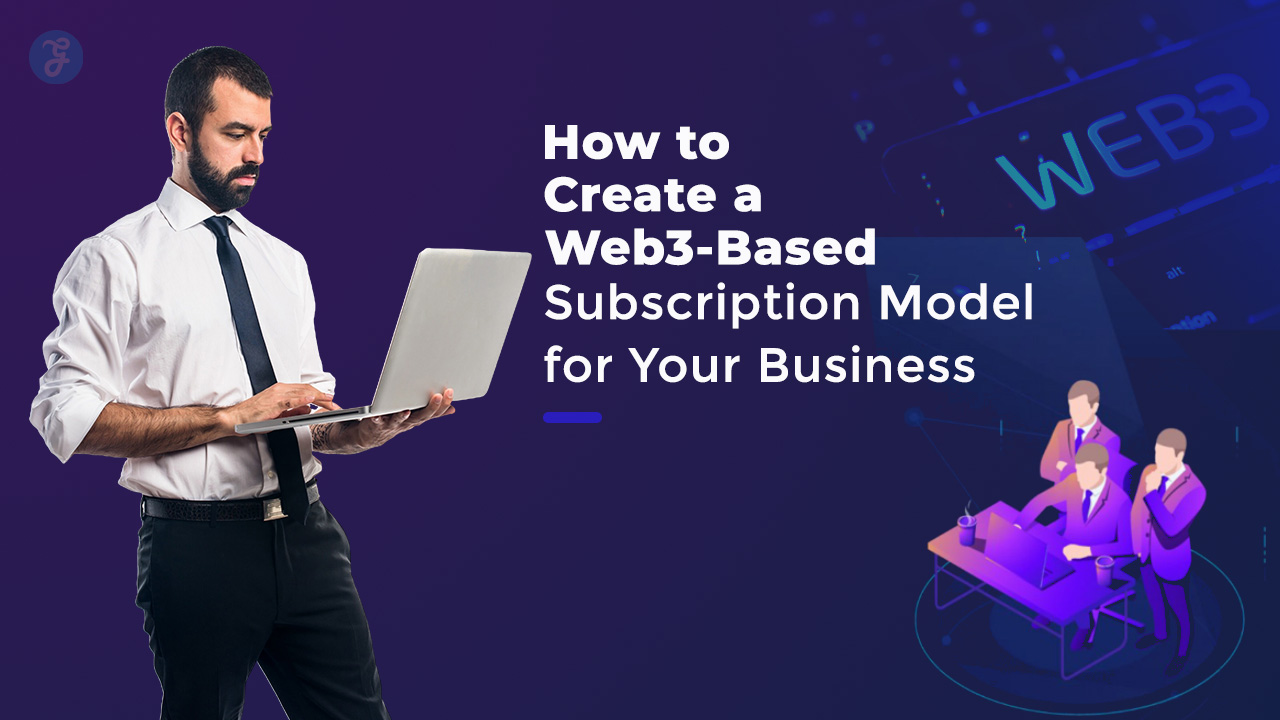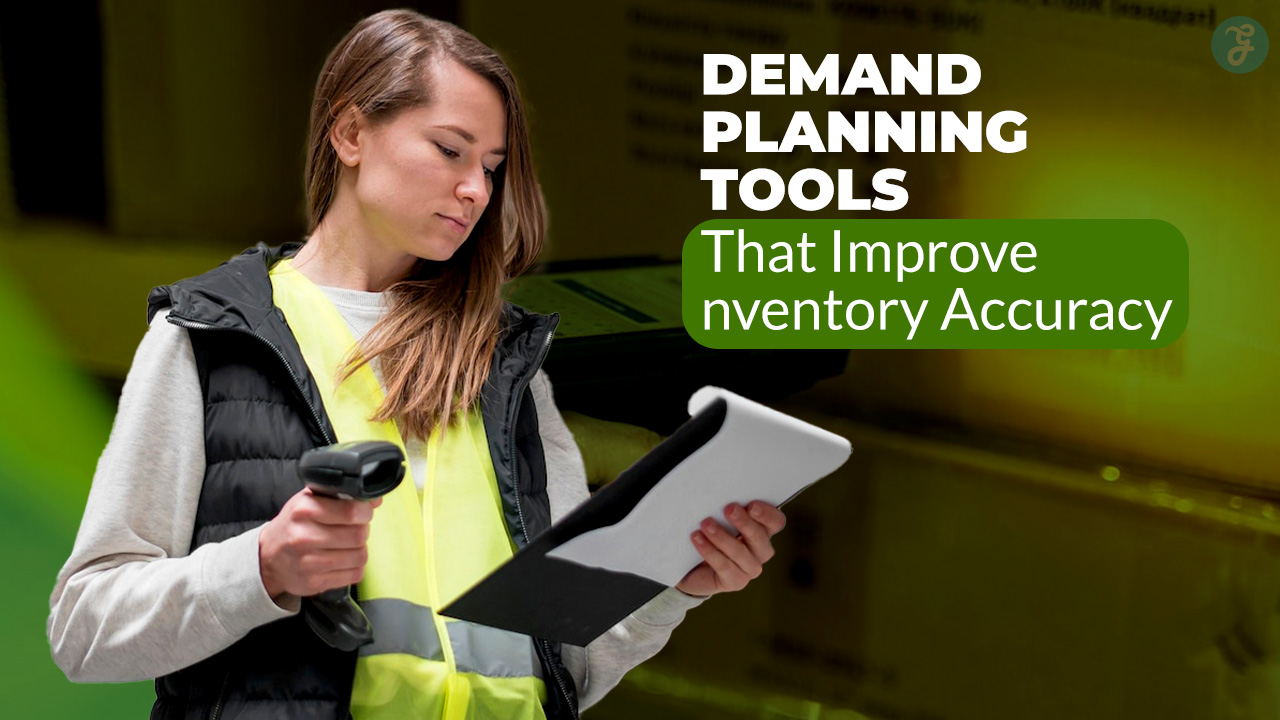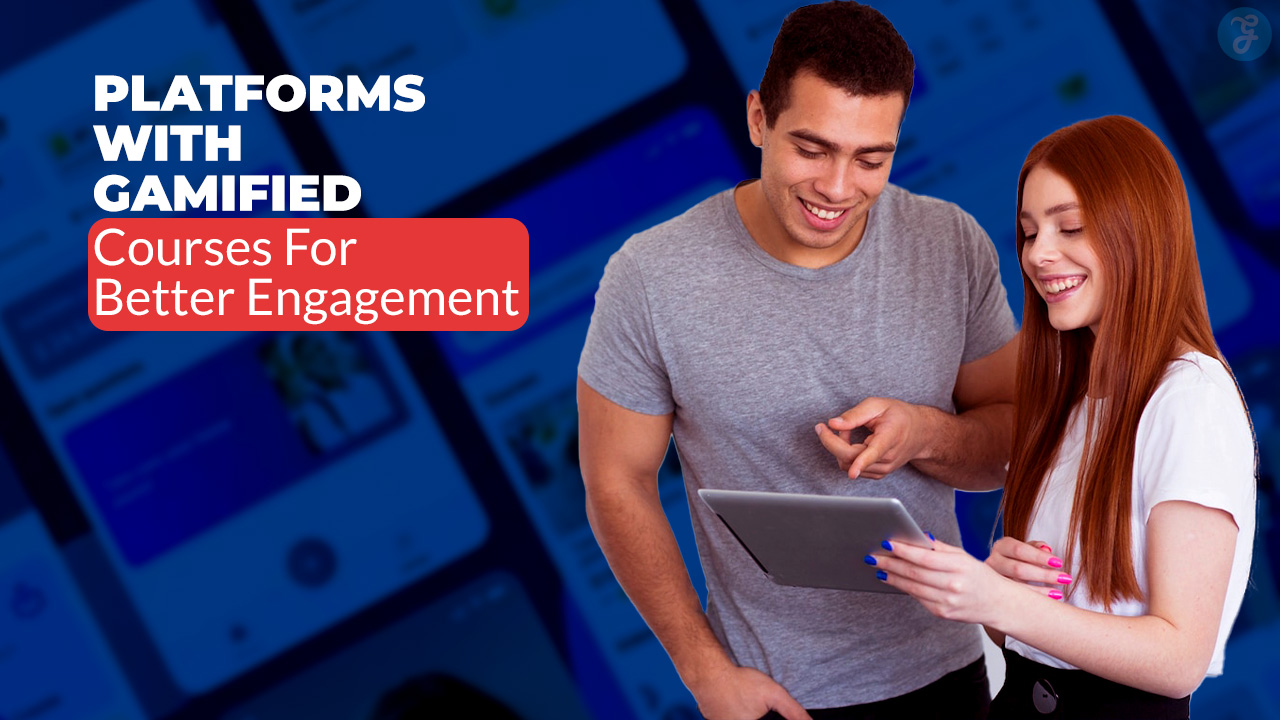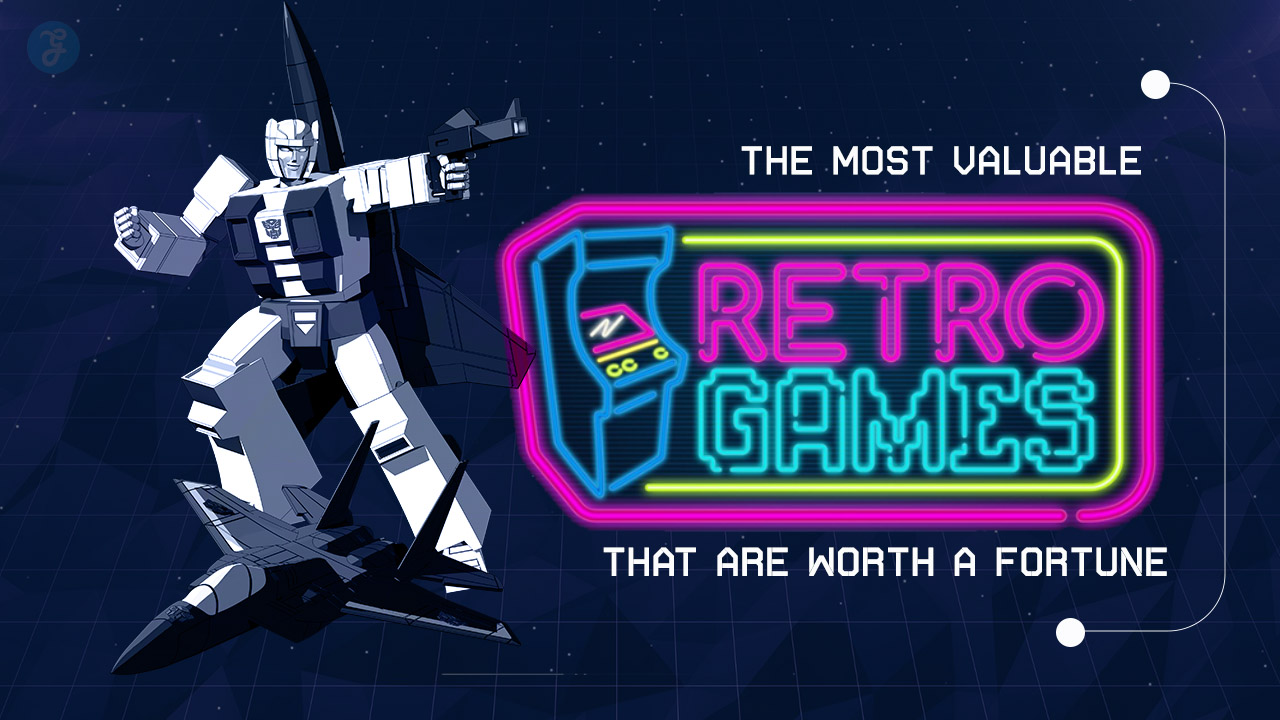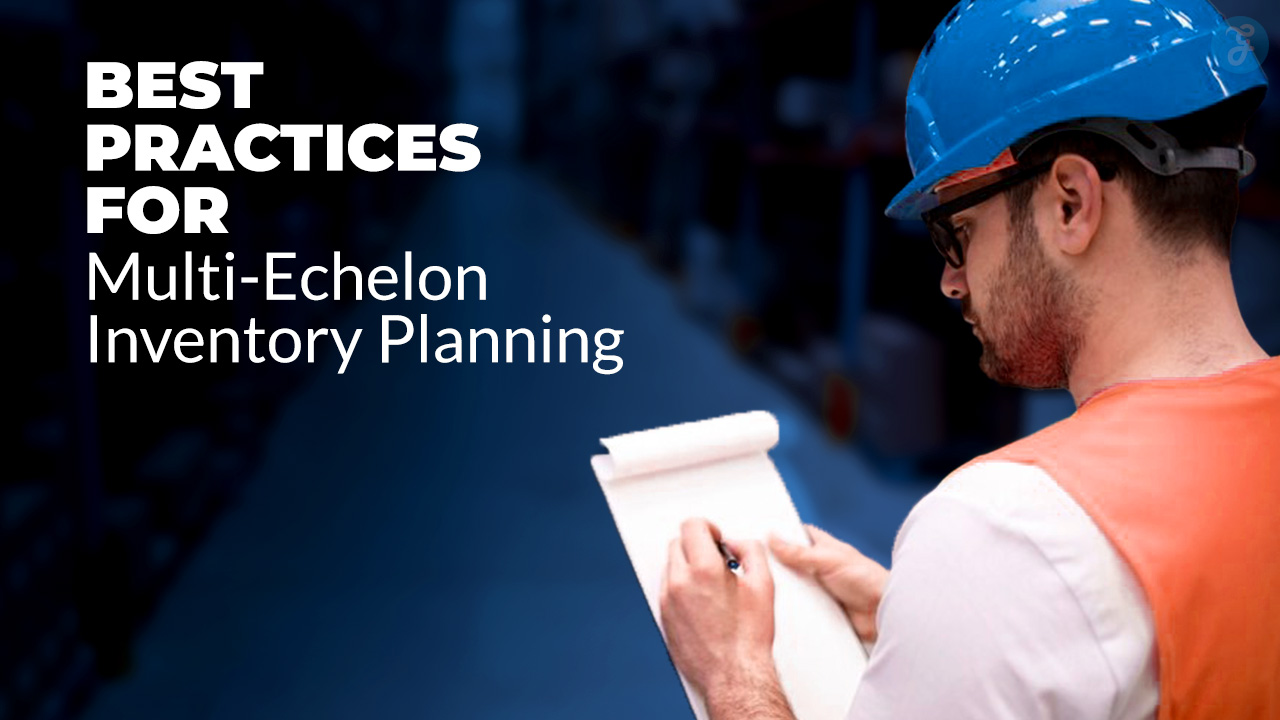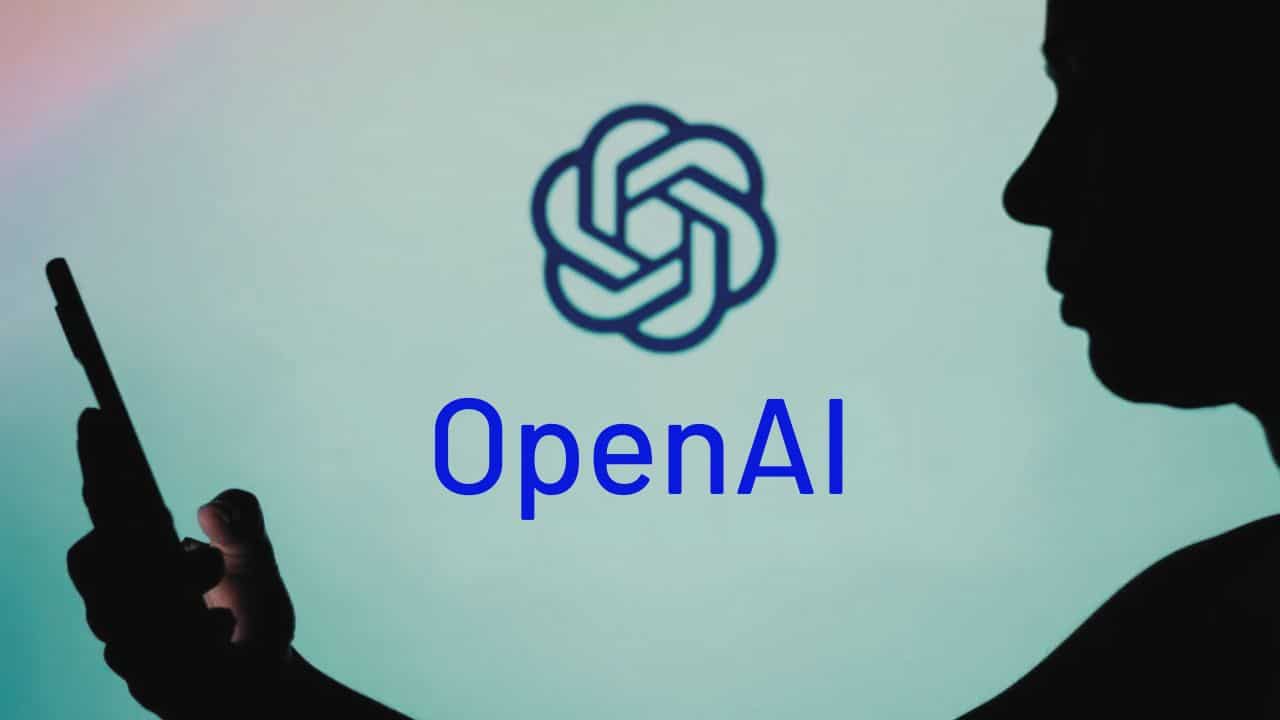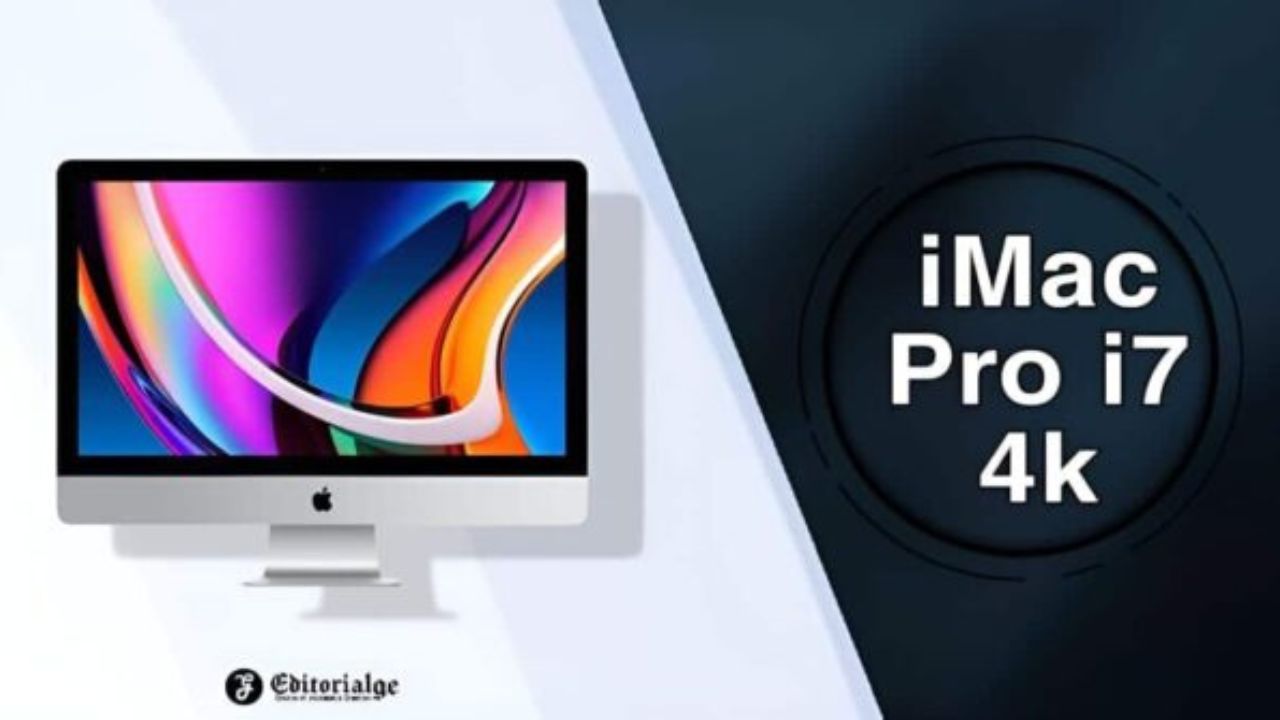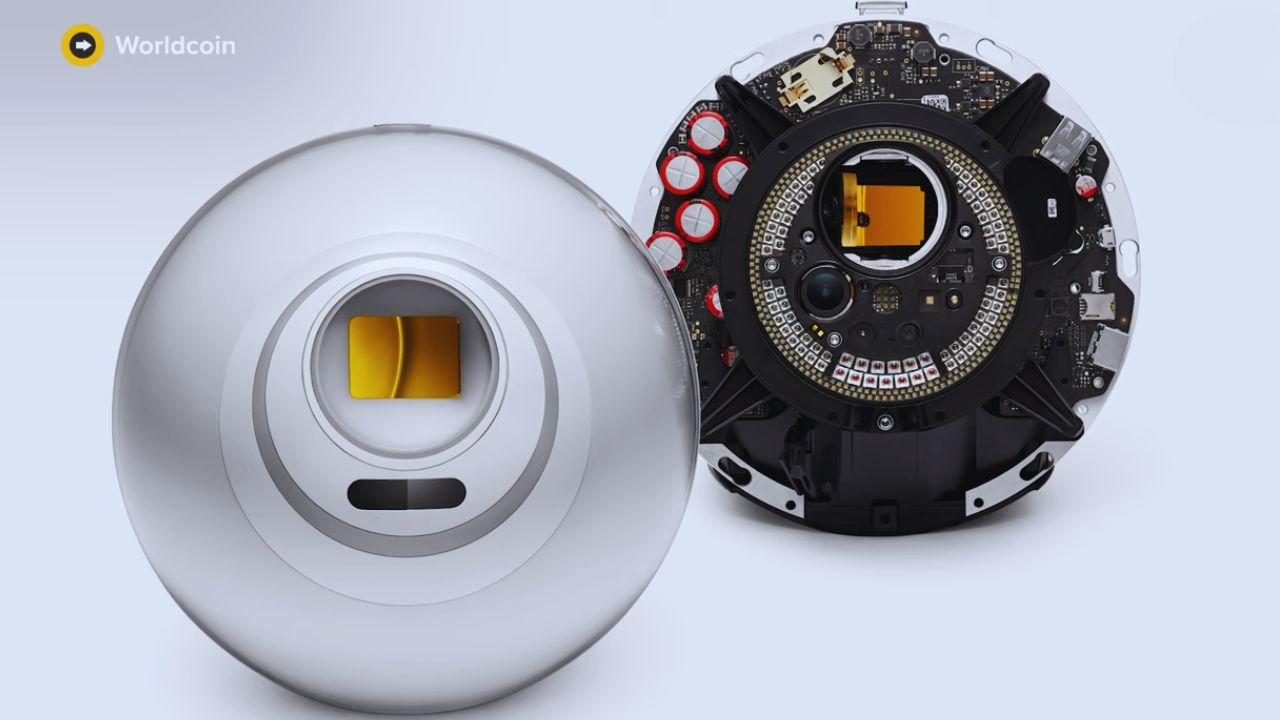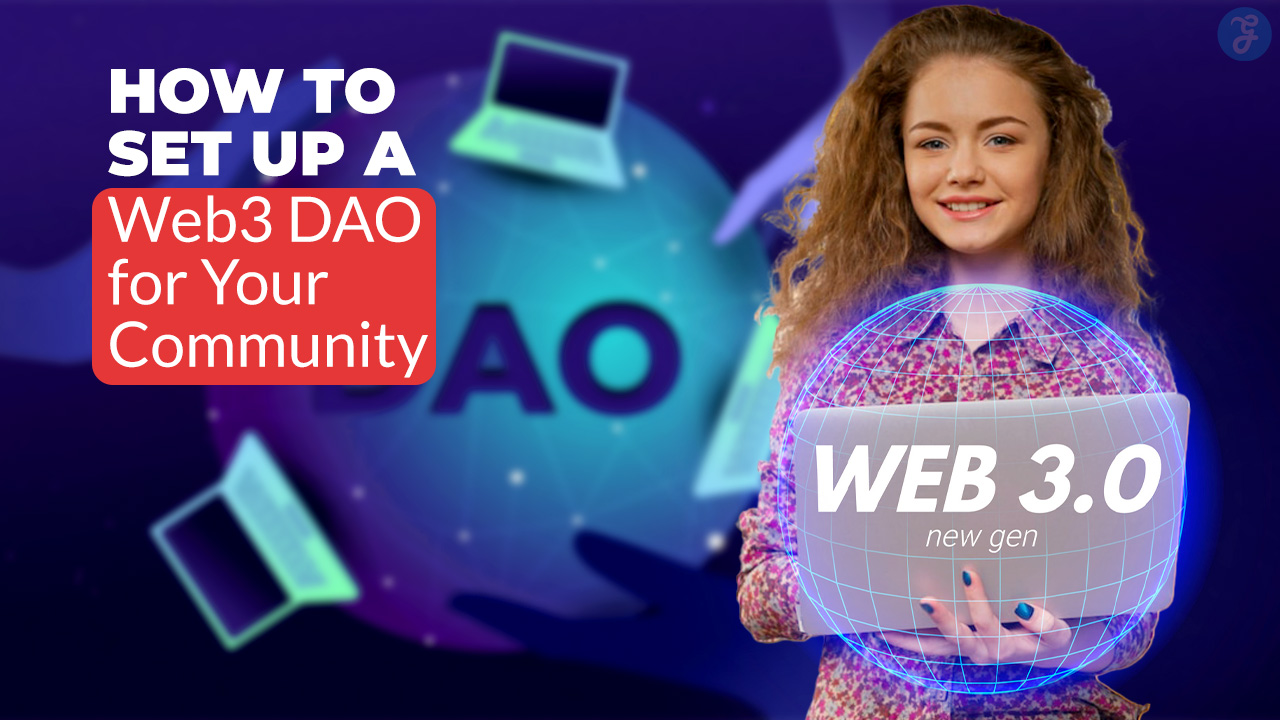In the fast-paced world of SaaS (Software as a Service), closing deals isn’t just about presenting a product or service—it’s about building trust, demonstrating value, and guiding prospects through a unique and sometimes complex buying journey.
Unlike traditional sales, SaaS sales are centered on a subscription model, meaning the sale isn’t just a one-time transaction. Instead, it is about establishing a foundation for long-term relationships that yield recurring revenue and high customer lifetime value.
With increasing competition in the SaaS market and more discerning customers, companies need effective, customer-focused strategies to stand out and close more deals.
This guide provides 17 detailed SaaS sales techniques designed to empower sales teams to connect with clients, overcome objections, and drive conversions with confidence.
Why SaaS Sales Require a Unique Approach?
SaaS sales differ from traditional product sales in several key ways. SaaS solutions are intangible, typically require an ongoing commitment, and often involve integration with existing systems or processes.
SaaS customers are primarily looking for solutions that streamline their workflows, offer measurable value, and scale with their organization as they grow.
With SaaS, building trust, showcasing long-term value, and ensuring customers feel confident about their investment are crucial.
The nature of SaaS products—often complex, cloud-based, and requiring customer onboarding—demands a unique approach to sales, focused heavily on understanding the customer’s needs and concerns, addressing pain points, and providing an exceptional onboarding experience.
17 SaaS Sales Techniques to Close More Deals
Let’s take a look.
1. Utilize Consultative Selling to Build Trust
Consultative selling is about positioning yourself as an advisor rather than a traditional salesperson. By focusing on understanding the customer’s specific problems and providing tailored solutions, you establish trust and credibility.
- Ask Probing Questions: Asking open-ended questions helps you gain deeper insight into the customer’s goals, challenges, and potential concerns. For example, “What’s the biggest challenge you’re facing with your current system?” encourages a conversation rather than a sales pitch.
- Offer Tailored Insights: Provide industry insights or share advice specific to their challenges, even before discussing your product. This approach shows that you’re interested in their success.
- Connect Product Benefits to Customer Needs: Frame your product features as direct solutions to their problems. For example, if your SaaS solution offers automated reporting, highlight how it will save them time and reduce human error, which directly addresses efficiency concerns.
By focusing on consultative selling, you make the customer feel understood and supported, increasing the likelihood that they will trust you and your solution.
2. Leverage Customer Success Stories and Case Studies
Customer success stories or case studies provide prospective customers with social proof and relatable examples of how your product has helped other businesses similar to theirs.
- Highlight Similar Use Cases: Choose success stories that reflect the specific industry, company size, or challenges of the prospective customer. If they can see a relatable success story, it’s easier for them to envision how your solution can benefit them.
- Show Tangible Results: Use data to demonstrate the success others have had with your product. For instance, “This client saw a 30% increase in efficiency within three months” provides measurable impact.
- Include Visuals and Real Customer Testimonials: Visual elements such as before-and-after metrics or direct customer quotes add a level of authenticity that can’t be achieved by a text-heavy case study alone.
When potential customers can see others succeeding with your solution, they become more confident in its ability to deliver similar results for them.
3. Focus on Pain Points, Not Just Features
Your product may have impressive features, but unless these features solve specific customer problems, they won’t be the focal point that prospects remember.
- Identify Core Challenges: Start by asking about their pain points and where they feel their current processes or systems are failing.
- Link Features Directly to Solutions: Instead of listing out product features, explain how each feature directly addresses a specific pain point. For example, if the prospect is struggling with time management, highlight how your software’s automated scheduling feature can free up hours each week.
- Highlight Ease of Use: Address concerns about complexity by explaining how your product makes their job easier rather than more complicated.
When you focus on showing how your solution resolves pain points, customers start to see your product as the answer they’ve been searching for.
4. Offer a Free Trial or Product Demo
Free trials and demos are powerful tools in SaaS sales, as they give potential customers a hands-on experience with your product.
- Guide Them Through the Trial: Don’t just set up a trial and leave them on their own. Provide tutorials, onboarding materials, or assign a customer success representative to assist them through the trial.
- Demonstrate Key Features: During the demo, make sure to showcase the features that directly address their needs.
- Follow Up Regularly: Schedule regular check-ins to answer questions, offer additional support, and ensure they’re seeing the product’s value.
A well-structured demo or trial gives the customer a sense of ownership and familiarity with your product, helping them envision its place in their workflow.
5. Build Strong Relationships Through Regular Follow-Ups
Frequent, personalized follow-ups demonstrate that you are invested in helping the customer, not just making a sale.
- Reference Previous Conversations: In each follow-up, mention something specific you discussed in previous meetings, which shows that you remember their needs.
- Be Timely with Check-Ins: Following up too frequently can feel pushy, but a well-timed check-in shows attentiveness.
- Provide Additional Value: Send resources like articles, webinars, or guides that can help the prospect learn more about the industry or solution.
When done thoughtfully, follow-ups build a relationship and reassure the prospect that you are genuinely interested in supporting their success.
6. Leverage Data Analytics to Personalize Outreach
Data analytics provides insights into prospect behavior, helping you personalize your approach and target them with relevant content.
- Segment Prospects Based on Behavior: Use analytics to group prospects by industry, engagement level, or specific product interests.
- Targeted Content: Tailor your outreach based on their interests. If they’ve engaged with content about a particular feature, focus on that in your outreach.
- Track Engagement Metrics: Use open rates, clicks, and time on page to gauge interest and adjust your follow-up approach accordingly.
Data-driven outreach allows you to send more relevant, timely messages that resonate with prospects and keep them engaged.
7. Position Your Product as a Scalable Solution
Scalability is a crucial selling point in SaaS, as companies need products that can grow with their evolving needs.
- Highlight Flexible Options: Emphasize how your solution can adapt to future growth, such as offering tiered plans or custom features.
- Explain Long-Term Value: Demonstrate how your product remains valuable as the client’s business grows.
- Focus on Expansion Opportunities: Showcase how the product can integrate with additional tools or modules as their needs expand.
When prospects see that your solution won’t become obsolete or outgrown, they’re more likely to consider it a worthwhile, long-term investment.
8. Master Objection Handling to Address Concerns
Objections can be a hurdle in SaaS sales, but effectively addressing them shows your commitment to finding solutions.
- Listen Carefully: Allow the prospect to express their concerns fully before addressing them, showing empathy and understanding.
- Acknowledge the Concern: Express that you understand their hesitation, whether it’s about price, time, or complexity.
- Offer Solutions: Provide specific ways to address their concerns, such as a flexible payment plan, integration options, or a dedicated support team.
When you handle objections gracefully, prospects feel that their needs are prioritized, increasing their trust in you and your product.
9. Emphasize ROI and Cost-Effectiveness
SaaS buyers want to understand how your solution will affect their bottom line, so emphasize the return on investment and cost-effectiveness of your product.
- Provide ROI Examples: Offer data that quantifies the cost savings, time saved, or productivity boosts achieved with your product.
- Competitor Comparison: Highlight how your solution offers more value for the price compared to competitors.
- Focus on Time Savings and Efficiency: Showcase how your product improves efficiency, which translates to saved costs over time.
When customers see clear financial benefits, they feel more confident investing in your product.
10. Educate Through Content Marketing
Content marketing establishes your brand as a thought leader and provides value to potential customers, guiding them through the buying process.
- Publish Educational Resources: Regularly post blog articles, whitepapers, and case studies on industry topics relevant to your product.
- Webinars and Live Demos: Host webinars to educate prospects and answer questions in real time.
- Engaging Newsletters: Send newsletters with useful tips, product updates, and relevant articles.
Educational content helps prospects understand the value of your product, making the buying decision easier and more informed.
11. Employ Value-Based Pricing
Value-based pricing reflects the benefits that your SaaS product brings to customers, focusing on the value of solving their pain points.
- Justify the Price with Value: Emphasize the value your solution delivers rather than focusing solely on price.
- Offer Flexible Pricing Options: Tiered or custom pricing plans allow customers to select the plan that best suits their needs.
- Clearly Explain Pricing Structures: Break down pricing to help customers understand what they are paying for and why.
Value-based pricing positions your product as an investment rather than a simple expense, which resonates with long-term customers.
12. Use Social Proof to Boost Credibility
Social proof in the form of customer reviews, testimonials, and endorsements reinforces your product’s reliability.
- Display Testimonials Prominently: Feature customer testimonials on your website, landing pages, and emails.
- Influencer and Industry Endorsements: Collaborate with influencers in the SaaS space who can attest to your product’s effectiveness.
- Showcase Awards and Certifications: Highlight any awards or recognitions to build credibility.
Social proof builds trust, which is critical when prospects are comparing multiple SaaS options.
13. Create Urgency with Limited-Time Offers
Creating urgency encourages prospects to act more quickly, helping to drive conversions.
- Offer Discounts or Bonuses: Provide limited-time discounts, free add-ons, or exclusive features for a specified period.
- Highlight Value, Not Pressure: Position the offer as a special benefit rather than a tactic to rush their decision.
- Clearly State Deadlines: Specify the end date for any limited-time offers to add clarity and urgency.
Limited-time offers can prompt hesitant prospects to take the next step sooner rather than later.
14. Emphasize Customer Support and Training
Many prospects are concerned about how easily they can adapt to a new tool. Emphasizing robust support can make your product feel like a safe choice.
- Offer Dedicated Support: Mention the availability of onboarding assistance, 24/7 customer service, and tech support.
- Highlight Comprehensive Training: Show that you provide tutorials, webinars, or even one-on-one training.
- Explain Your Ongoing Support Options: Help them understand the support they’ll receive long after purchase.
Good customer support is a selling point, making the buying decision easier by reducing anxiety about onboarding.
15. Use Data-Driven Case Studies
Data-driven case studies showcase tangible results and help prospects envision the benefits of using your product.
- Focus on Relevant Data: Choose metrics that reflect results relevant to the customer’s industry and pain points.
- Explain Specific Strategies: Walk through specific strategies or steps that led to success.
- Incorporate Visuals: Use charts, graphs, and real customer quotes to make the data easy to digest.
Data-driven case studies give potential clients a realistic, relatable idea of how your product can transform their business.
16. Offer a Money-Back Guarantee
A money-back guarantee can reduce perceived risk for prospects, giving them more confidence in making a purchase.
- Set Clear Terms and Conditions: Outline the conditions under which they can receive a refund.
- Reinforce Confidence in Your Product: Position the guarantee as a testament to the quality and effectiveness of your solution.
- Mention a Simple Process: Ensure prospects that getting a refund is straightforward, reinforcing peace of mind.
Money-back guarantees lower barriers to entry, especially for clients worried about long-term commitments.
17. Use Follow-Up Analytics to Refine Techniques
Tracking and analyzing follow-up data allows you to improve your outreach methods over time.
- Track Engagement and Conversions: Monitor email open rates, response rates, and conversions to assess which tactics work best.
- Adjust Techniques Based on Data: Use engagement data to fine-tune messaging and outreach timing.
- Refine Sales Strategies: Focus on replicating the strategies that yield the highest conversion rates.
Data insights allow you to refine your techniques continually, improving your close rate and overall sales performance.
Conclusion
The competitive SaaS landscape requires sales professionals to be adaptive, strategic, and customer-focused.
By using these 17 SaaS sales techniques, you can build strong client relationships, overcome objections, and close more deals.
From consultative selling and leveraging social proof to emphasizing ROI and refining follow-up tactics, these strategies will empower you to connect with customers meaningfully and enhance your sales success.


